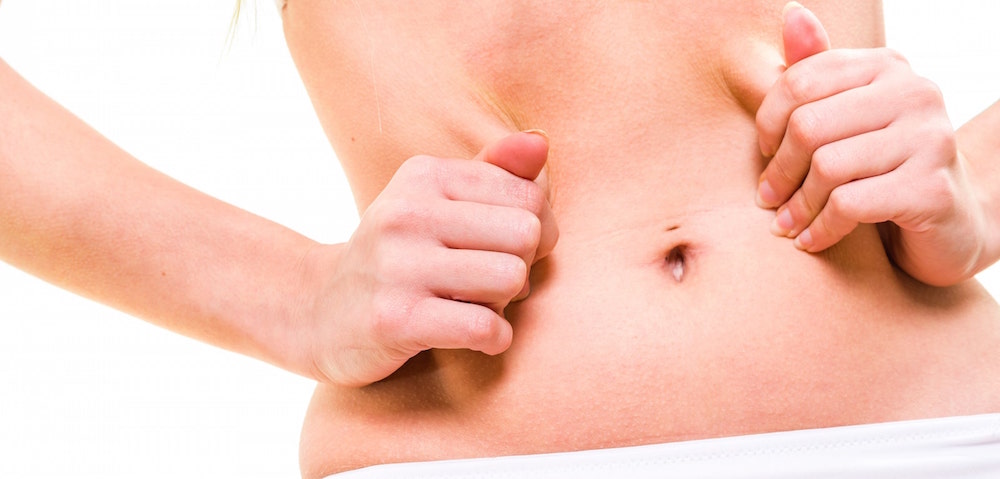
No matter how hard some people try to lose weight and eliminate excess fat on the body, they are not able to achieve this goal through diet and exercise. Patients that are looking for a way to get rid of excess and stubborn fat often turn to liposuction to make the desired changes in the look of the body. Liposuction provides a person with a slimmer look that is more contoured in its appearance. While liposuction is a popular cosmetic surgery option, there are certain facts you need to know before undergoing the procedure. Take a look to below to learn the facts you need to know before you make the final decision to have liposuction performed on your body.
1. Can liposuction be used as a weight loss procedure?
This is one of the most common misconceptions about liposuction and the results it can provide a person. Liposuction is not a weight loss procedure. While it will provide your body with a slimmer shape and a better contour, it doesn’t necessarily mean you will see a reduction in your overall weight. Liposuction aims to remove fat cells from areas of the body where fat removal has not been easy to enjoy.
2. Am I a good candidate for liposuction?
In general, good candidates for liposuction include a person that is close to his or her ideal weight. You should also be in good health and over the age of 18. In addition, your skin needs to have good skin elasticity so a person with loose skin might not see the desired results. Other factors that go into determining an ideal candidate include having the desire to eliminate stubborn fat deposits that have not responded to traditional exercise or diet methods.
3. What are the different liposuction techniques?
The type of liposuction technique that is best for you will be determined during a consultation appointment with your surgeon. Examples of various liposuction techniques include:
4. What are some of the most common liposuction risks?
Common risks associated with liposuction include:
5. How long is the liposuction recovery period?
In general, patients can resume their normal routine around 2-4 days after their liposuction procedure. Exercise can be resumed after 2-4 weeks or when approved by the surgeon. Each patient is different so it is important to follow the instructions provided to you by your surgeon.
Some liposuction results will be visible immediately after the surgery but there will be some swelling and bruising that can prevent the results from being seen for around three months. It can take about six months for the skin to tighten enough that the results are easily viewed by the patient as well as the general public. It is important to exercise on a regular basis and follow a healthy diet to maintain the results
The amount of scarring on the body varies per person. However, the incisions created by the cannula are quite small so any resulting scars will also be small.
6. What is my first step in the liposuction process?
The first step in the liposuction process is scheduling a consultation appointment with a board-certified surgeon that is experienced in performing various types of liposuction techniques. The doctor can examine your body to determine if you are an ideal candidate for liposuction as well as which technique will give you the results you desire. In addition, the surgeon can show you “before and after” photos of actual patients and set realistic expectations so you will know the type of results you can expect to see after the surgery.
MA